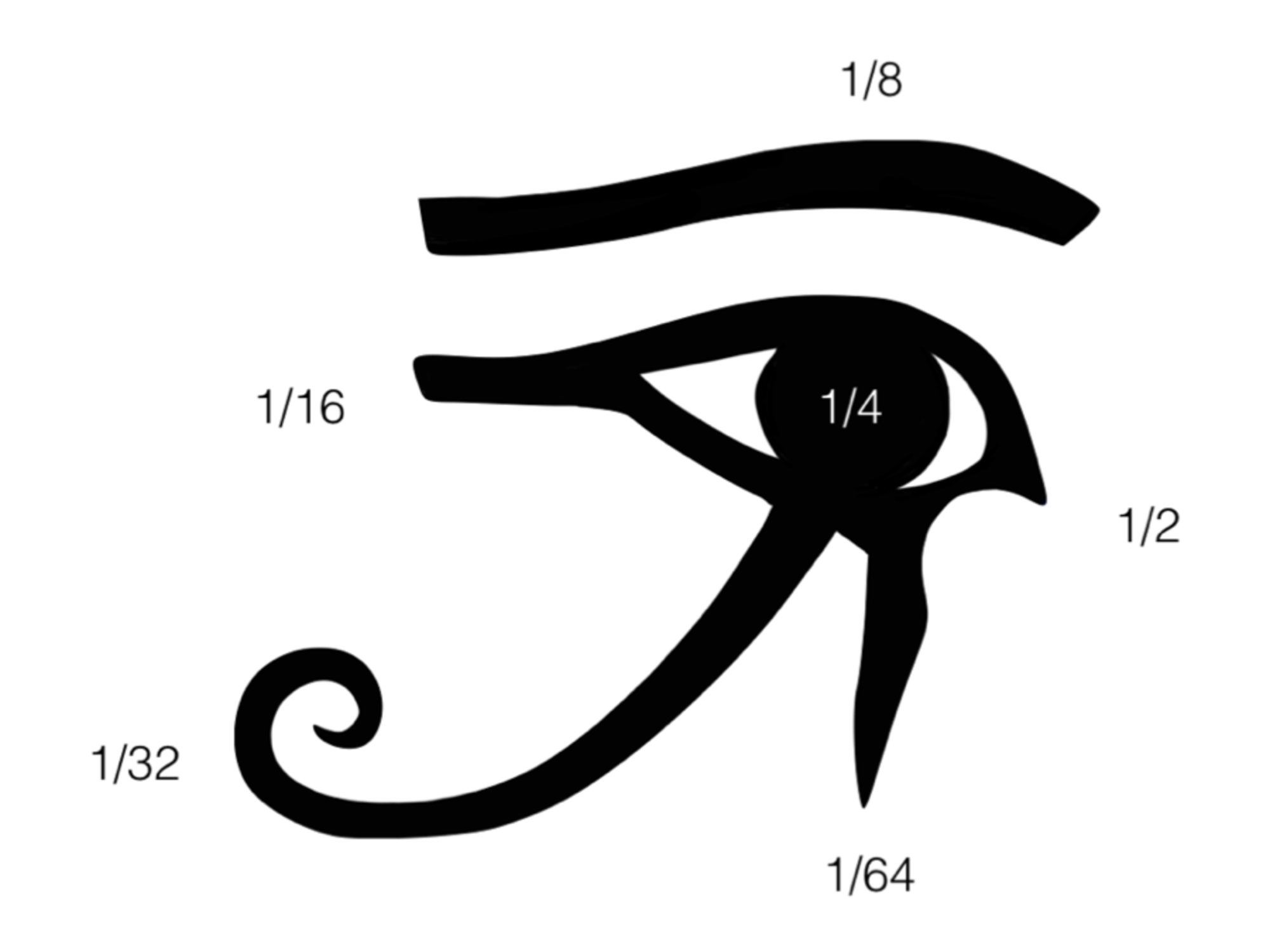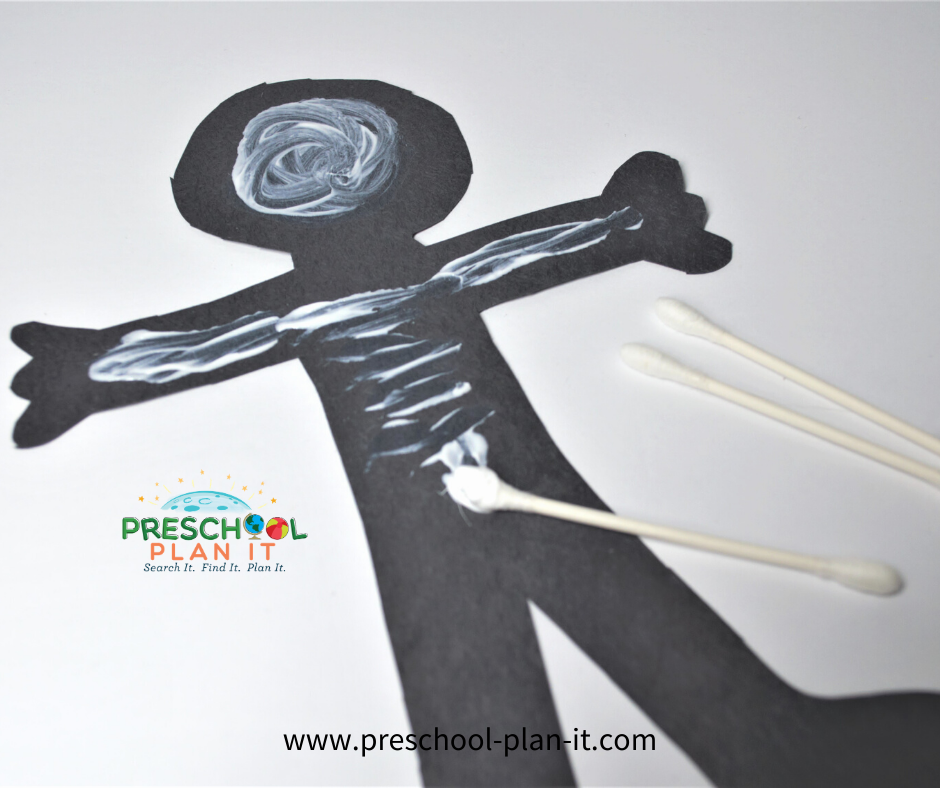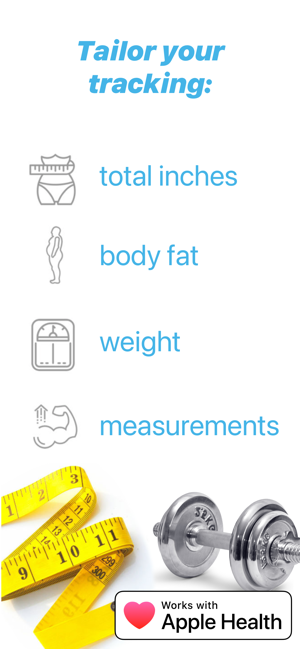History Of Measurement Using Body Parts
Here are a few more.
History of measurement using body parts. Although we might think there is an inescapable logic in dividing it in a systematic manner this ignores the way that measuring grew up with people measuring shorter lengths using other parts of the human body. Hand hand fingers thumb. The very first examples revolve using body parts as a way of measuring length and height and stones for weight. The cubit was just one of numerous units of measurement based on the typical size of body parts.
In the 14th century king edward ii of england ruled that 1 inch equalled 3 grains of barley placed end to end lengthwise. Devin johnston on january 21 2009 259 am. What an interesting post. Knowing the approximate length of my arm is surprisingly handy because its extremely easy to use for rough measurements.
10 responses to body parts as tools of measurement chris on january 21 2009 136 am. In ancient times the body ruled when it came to measuring. This gives him a total of 96 degrees zero being the freezing point of brine and 96 in his somewhat inaccurate reading the average temperature of human blood. The present stone is 14 pounds 635 kg but an earlier unit appears to have been 16 pounds 725 kg.
The length of a foot the width of a finger and the distance of a step were all accepted measurements. The bible clearly details the measurements of noahs ark in cubits a unit of measure based on the length of the forearm from the tip of the middle finger to the elbow. At first an inch was the width of a mans thumb. Measurement is conventionally done in multiples of 2 3 and 4 so fahrenheit splits his scale into 12 sections each of them divided into 8 equal parts.
Before we had precise standardized units of measure such as meters and feet lengths and even ocasionally volumes were reckoned based on the average dimensions of human body parts. Related to the last point the french word for inch is pouce which also. In body based units of measurement at interesting thing of the day i listed a few such historical units of measure which can still come in handy for rough approximations if you dont have a ruler or tape. To measure smaller lengths required subdivisions of the royal cubit.
The digit was the smallest basic unit being the breadth of a finger.


















